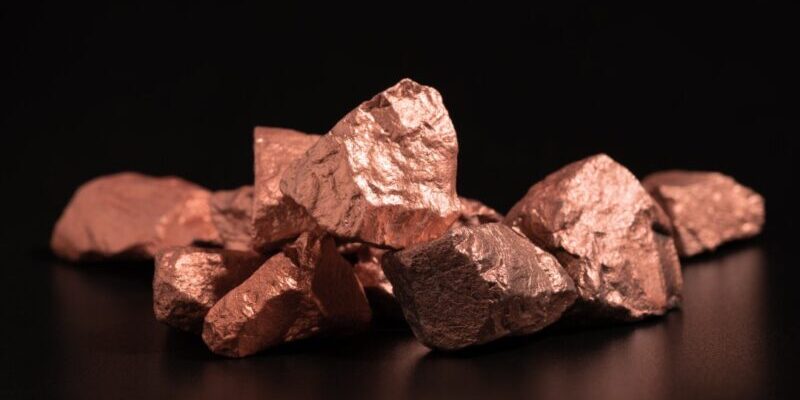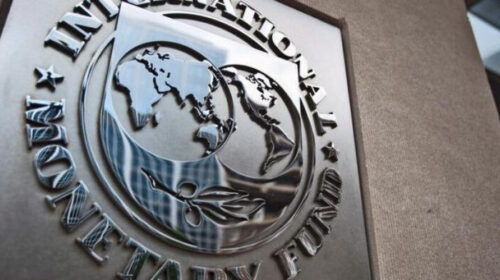BHP Invests Billions in Chilean Mines to Tackle Global Copper Shortage
BHP Group, the world’s largest mining company, anticipates a global copper shortage of 10 million metric tons by 2035. This looming deficit has prompted the company to commit between $10.7 billion and $14.7 billion over the next decade to boost copper production at its operations in Chile, including the world’s largest copper mine, Escondida.
BHP plans significant investments in Escondida and the smaller Spence mine, alongside a restart of the Cerro Colorado mine. The company’s copper output is expected to decline by 300,000 tons to 1.6 million tons annually by 2030, primarily due to lower ore grades at Escondida, with production challenges peaking in 2025.
To counter these issues, BHP is expanding processing facilities and implementing leaching technologies to extract copper from sulfide ores.
Major project expenditures are scheduled for fiscal years 2030 and 2031, with initial production from some projects expected between 2027 and 2028, and others from 2031 to 2032.
Copper, critical for electric vehicle batteries and data center construction, is projected to see demand grow by 1 million tons annually until 2035. Meeting this demand will require $250 billion in new mining projects, according to BHP Americas President Brandon Craig.
Despite the need for growth, other leading copper producers face similar difficulties increasing output at aging mines. Current global copper production stands at 22.4 million tons, underscoring the challenge of bridging the projected shortfall.
While BHP pursued a $49 billion bid for Anglo American earlier this year, it remains focused on maximizing existing resources at Escondida, Spence, and Cerro Colorado.
The company is also working with industry associations to encourage the Chilean government to streamline permitting processes, which currently exceed legal timelines and create uncertainty.
BHP ruled out an underground expansion of Escondida for the next decade, citing current copper prices of around $8,995 per metric ton, down 20% from their 2024 peak.
Additionally, the company has shifted its strategy at Cerro Colorado, which faced water use challenges. Instead of selling the mine, BHP is exploring leaching solutions using seawater.
By staggering project timelines and leveraging new technologies, BHP aims to address the copper supply deficit while managing operational risks and market volatility.
95 total views , 1 views today





